Imagine standing atop the rolling green hills of Quito, with clouds billowing around you and snow-capped volcanoes glinting in the sun. Now, picture that same spot, not as a bustling city in the Andes, but as the floor of a vast, sunlit sea, teeming with ancient marine life. It almost feels impossible, even magical—yet science reveals this is exactly where Quito’s story began. Beneath the city’s cobblestone streets and colonial churches lies a world forgotten by time, where the highlands of Ecuador once slumbered beneath the waves, echoing with the whispers of prehistoric creatures and geological upheaval. Let’s dive deep into this lost world and uncover the secrets of Quito’s ancient, watery past.
The Surprising Truth Beneath Our Feet
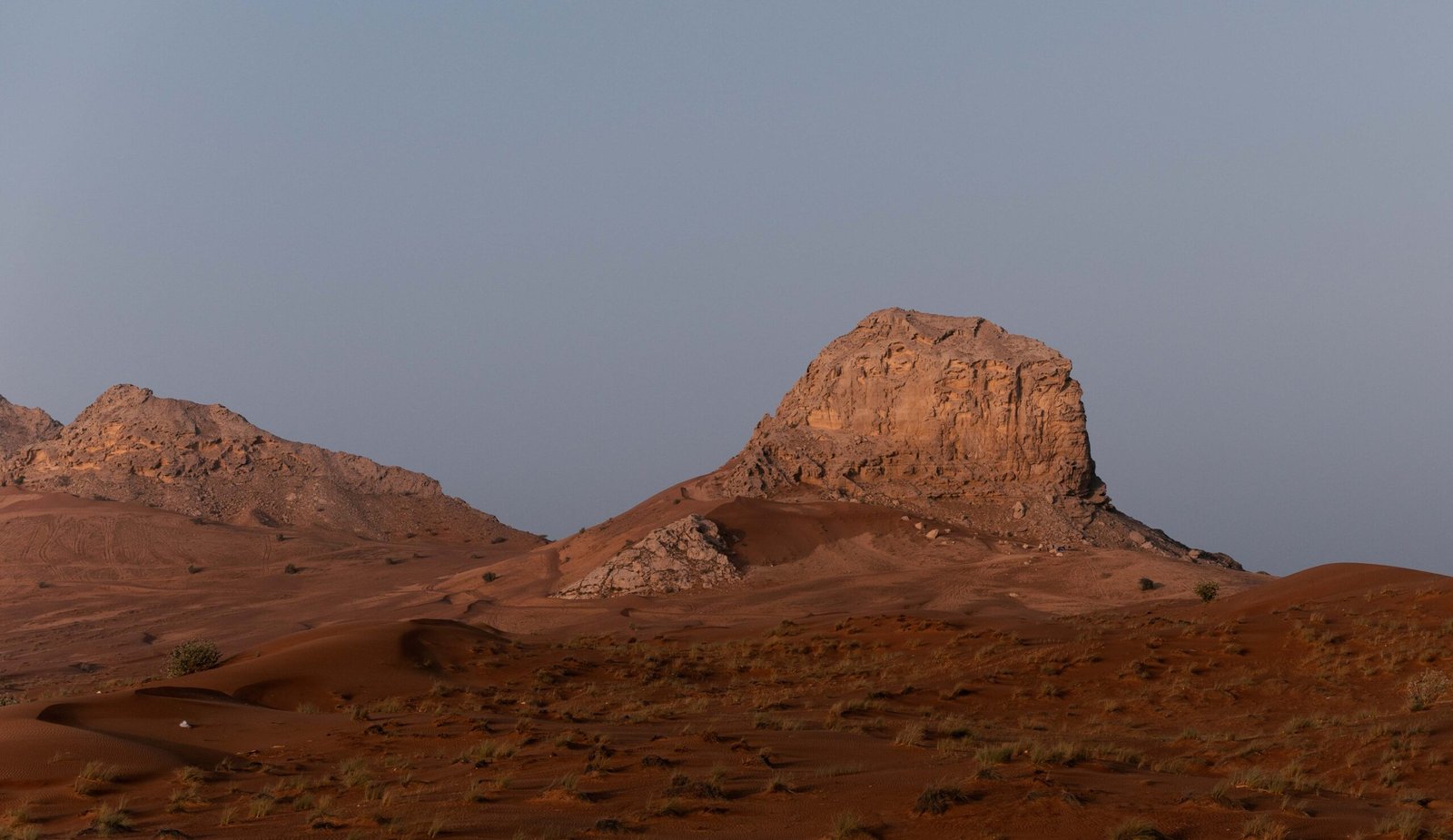
Most people strolling through Quito have no idea they’re walking atop a treasure trove of ancient ocean secrets. Layers of rock beneath the city hold tiny fossils—shells, corals, and even the remains of marine creatures that once called this shallow sea home. These fossils are like nature’s time capsules, silently telling the story of how a place now perched high in the Andes was once blanketed by warm, tropical waters. Every time scientists dig into the earth here, they’re peeling back the pages of a prehistoric diary, full of clues about what life was like millions of years ago. It’s a humbling thought: the city’s foundation is built on the bones of a vanished world.
How Did a Sea End Up in the Andes?

It seems almost impossible that the Andes, known for their dizzying heights, could ever have been submerged under a shallow sea. The answer lies in the restless dance of tectonic plates. Millions of years ago, South America’s western edge was much lower and closer to sea level. The Pacific Ocean’s waves lapped onto what is now Ecuador’s highlands, filling low-lying valleys and basins with water. Over time, as the Nazca Plate crashed into the South American Plate, the land started to buckle and rise, eventually giving birth to the Andes mountains we see today. It’s a story of slow-motion collision and transformation, written in stone.
The Shallow Sea: A Prehistoric Paradise
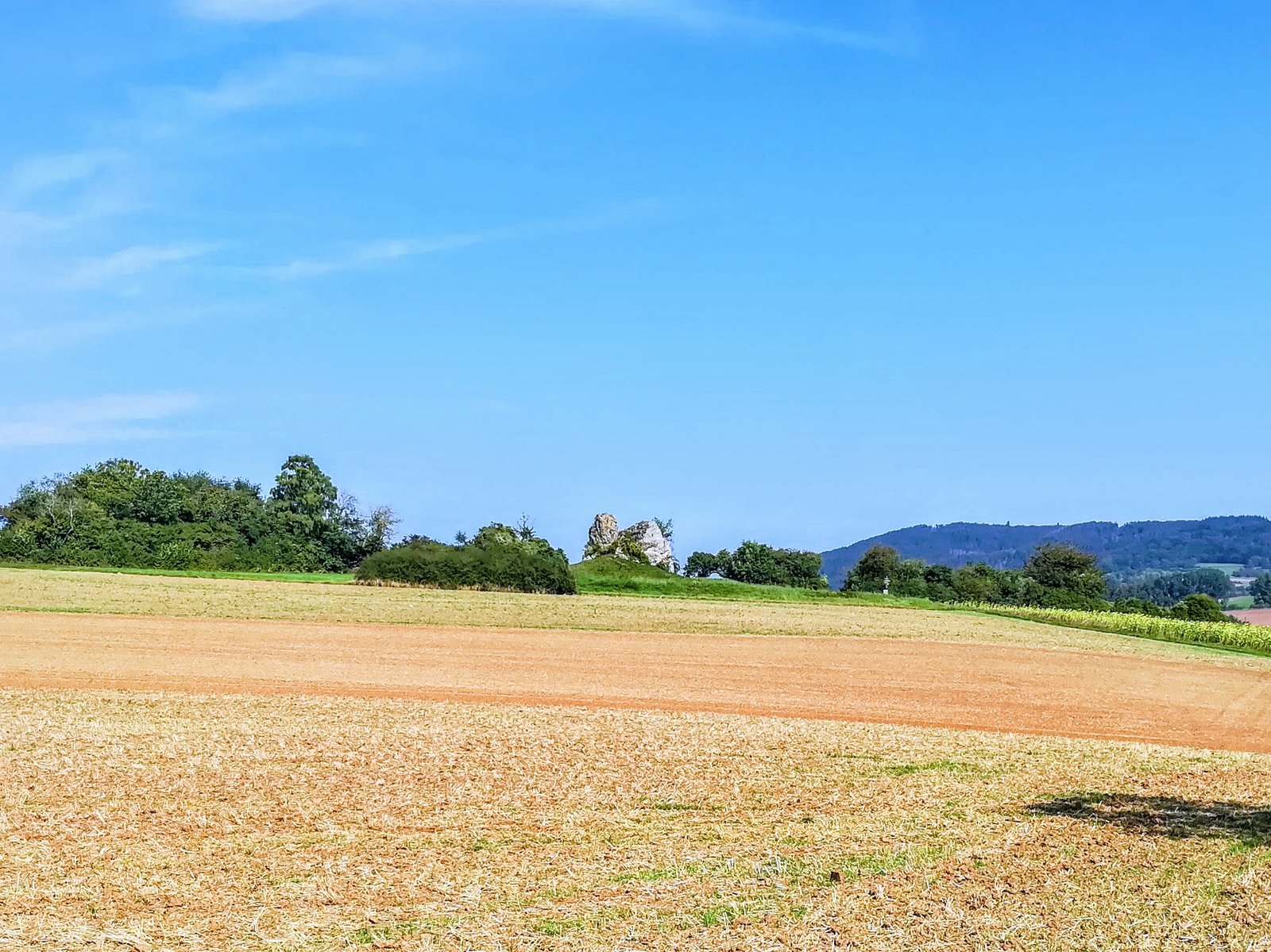
The sea that once covered Quito wasn’t deep or dark like the modern Pacific—it was a sunlit, shallow world, more like the Bahamas than the abyss. Warm, clear waters teemed with life. Coral reefs flourished, sheltering rainbow-colored fish and delicate sea creatures. Giant marine reptiles, distant relatives of today’s lizards, glided through the water, hunting for prey. Even ancient sharks patrolled these prehistoric shallows, leaving behind fossilized teeth that still surface in the region today. Imagine snorkeling in that ancient sea, surrounded by life forms both familiar and utterly alien.
Ancient Life Forms: Fossils as Windows to the Past

Fossils found in the rocks of Quito’s highlands aren’t just scientific curiosities—they’re vivid reminders of a lost era. Paleontologists have uncovered shells from ancient mollusks, fragments of coral reefs, and even the fossilized remains of creatures that look like today’s crabs and starfish. These fossils help scientists reconstruct what the prehistoric sea looked like and how its inhabitants lived and interacted. Each discovery is a jigsaw piece in the puzzle, helping us understand the diversity and abundance of life that once flourished here.
Geological Forces: Raising Quito to the Sky

The transformation from sea floor to mountaintop didn’t happen overnight. For millions of years, the Earth’s crust slowly pushed upward, driven by fierce geological forces. As the Nazca and South American plates clashed, the land crumpled and folded like a giant rug, eventually rising thousands of meters above sea level. In places, the movement was violent—earthquakes rocked the region, and volcanoes erupted, spewing ash and lava over the ancient sea bed. The rocks that hold marine fossils are now perched high in the Andes, a testament to the power and patience of nature.
Volcanoes: Sculpting the Highlands
Quito’s skyline is dominated by dramatic volcanoes, like the iconic Pichincha. These giants didn’t just appear overnight—they were born from the same geological processes that lifted the ancient sea floor. As land rose and buckled, magma from deep within the earth found pathways upward, erupting to form new mountains. Volcanic ash and lava covered the old sea sediments, preserving fossils and creating new layers of rock. Today, the volcanoes stand as silent witnesses to the tumultuous birth of the Andes.
The Fossil Record: Nature’s Storybook
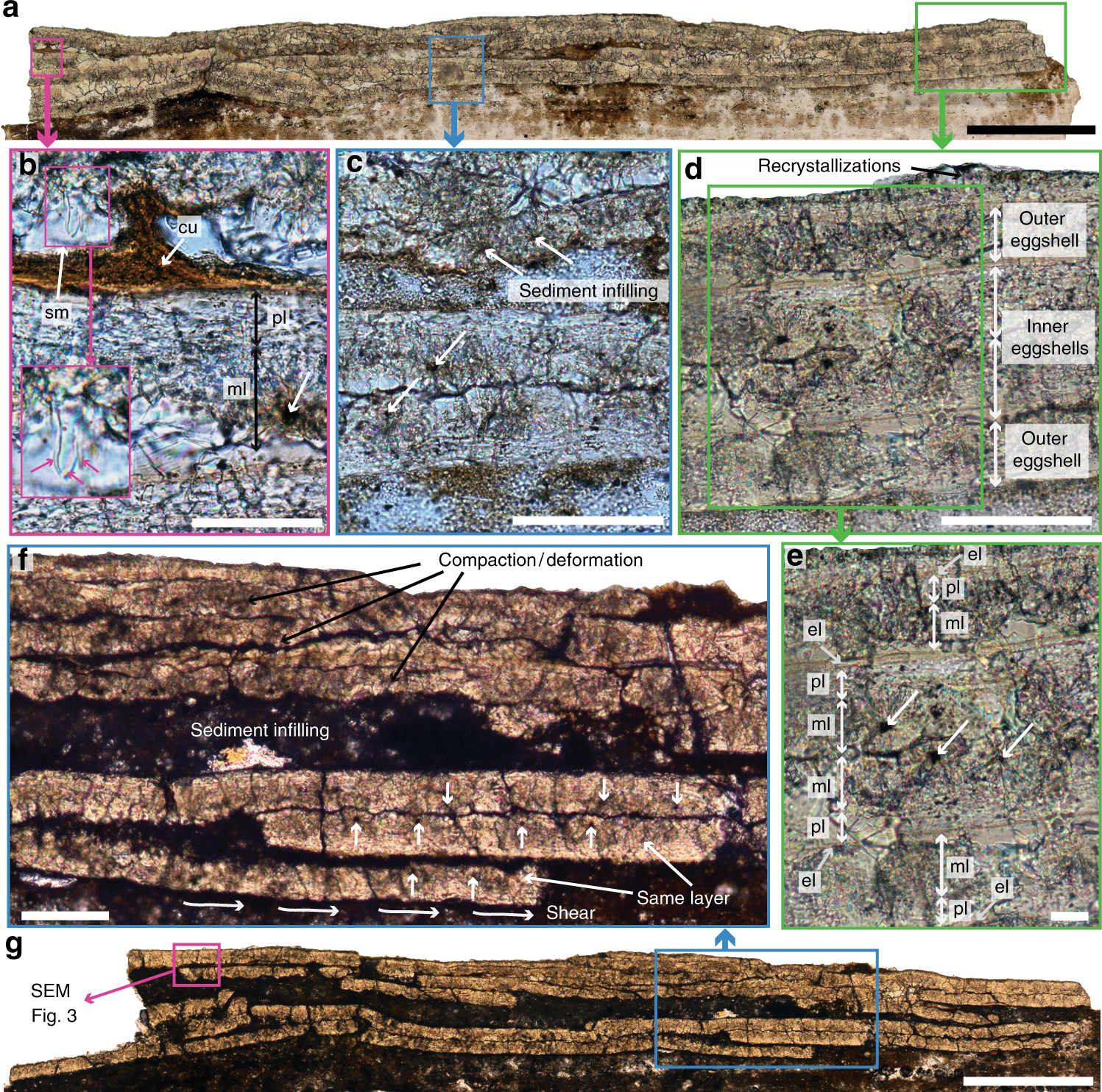
What makes the Quito region so special for paleontologists is the sheer variety of fossils found here. Different layers of rock preserve different periods in Earth’s history, capturing snapshots of changing environments. One layer might hold the remains of shallow-water creatures, while another reveals evidence of a brief return to deeper seas. It’s like flipping through a photo album, each page showing a different chapter in the story of life. These fossils aren’t just relics—they’re keys to understanding how life adapts and survives as the world changes.
Climate Shifts: From Tropical Sea to Mountain Chill
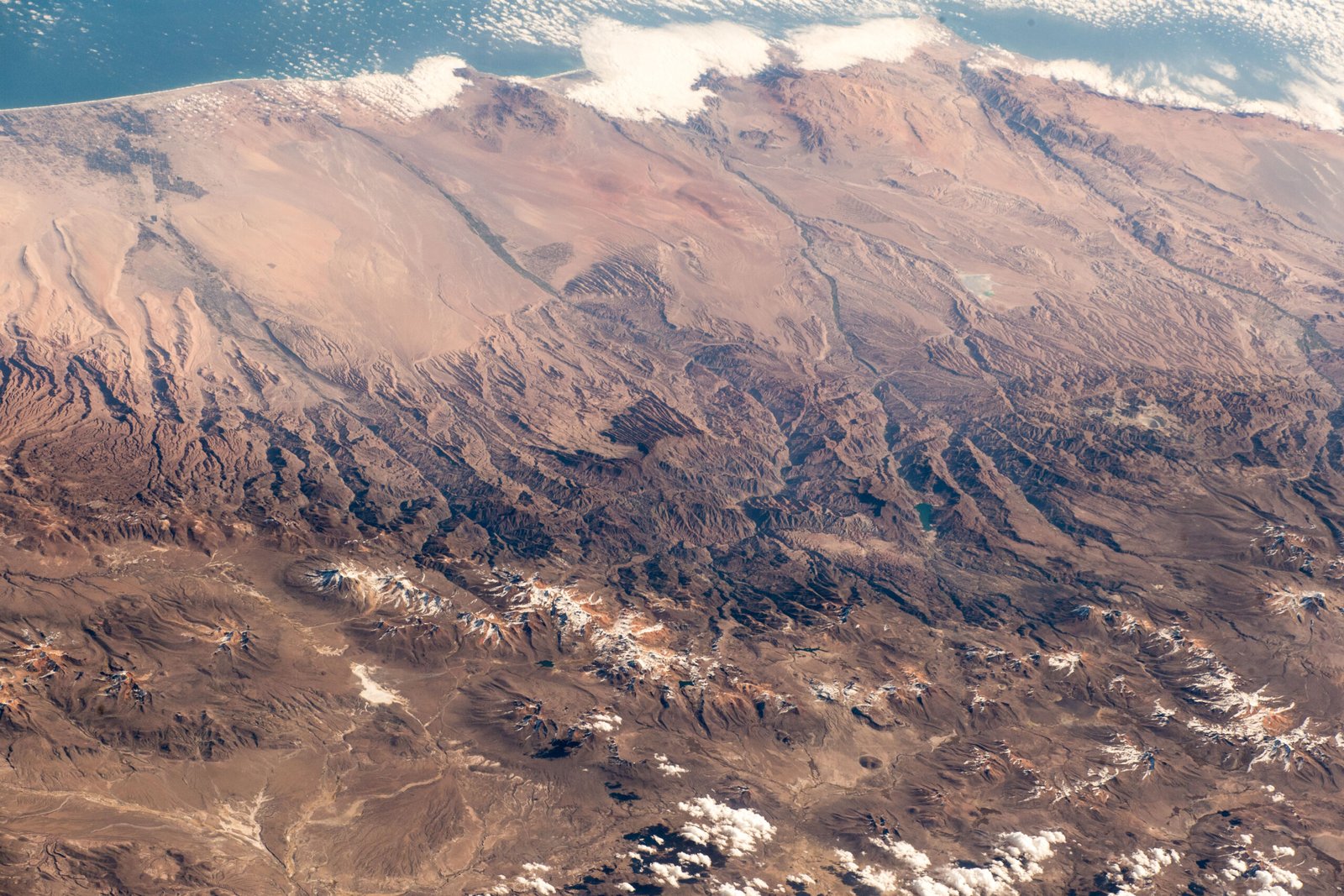
When the prehistoric sea covered Quito, the climate was warm and humid, perfect for coral reefs and tropical marine life. But as the land began to rise, everything changed. The air grew cooler, and the sea gradually drained away, replaced by rivers and lakes. Over millions of years, tropical shores gave way to the chilly heights of the Andes. Plants and animals had to either adapt to the new conditions or move elsewhere. This dramatic climate shift left its mark in the fossil record, with some species vanishing while others evolved to survive in the mountains.
Ancient Rivers and Lakes: The Transition Zone

The end of Quito’s shallow sea didn’t happen all at once. For a time, the region was a patchwork of rivers, lakes, and wetlands, where freshwater mixed with lingering saltwater. These transition zones were teeming with life—think of them as nature’s laboratories, where species experimented with new ways of living. Fossils from this period show a fascinating mix: freshwater creatures, ancient fish, and even plants that hint at the beginnings of Andean forests. It’s a reminder that change, even on a massive scale, often happens in gentle steps rather than abrupt leaps.
The Formation of the Andes: A Global Perspective
The rise of the Andes wasn’t just a local event—it changed the face of the entire continent. As the mountains grew, they altered wind patterns, rainfall, and even the path of rivers like the Amazon. The Andes became a barrier, separating ecosystems and creating unique environments on either side. This geological upheaval influenced everything from the evolution of new species to the development of human societies thousands of years later. In a way, the story of Quito’s prehistoric sea is part of a much bigger tale: how continents shape life on Earth.
Ancient Ecosystems: Lessons in Resilience
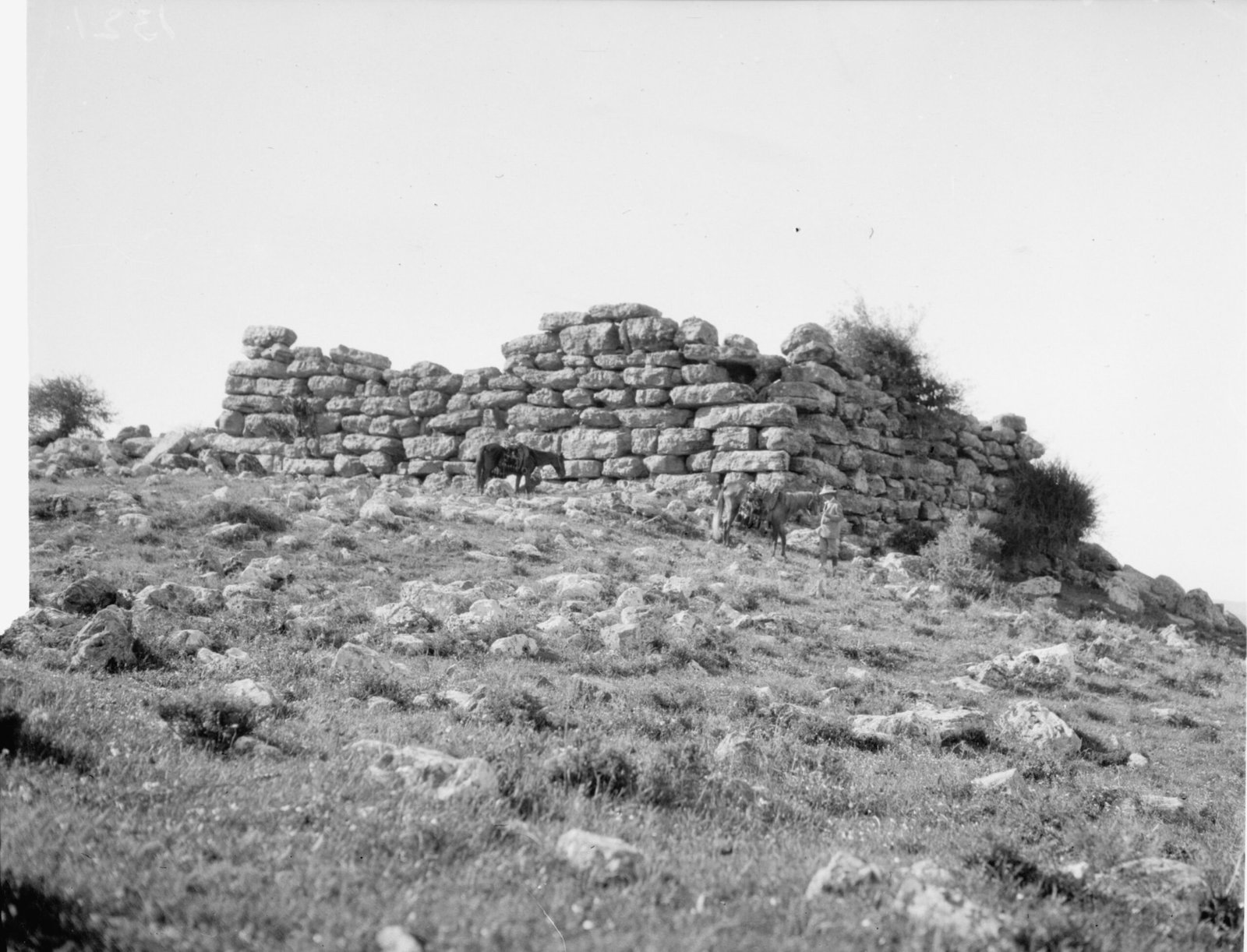
Looking back at the prehistoric sea that once covered Quito, we see a world in constant flux. Ecosystems rose and fell as the land changed, but life always found new ways to thrive. Coral reefs turned to grasslands, sea creatures adapted or disappeared, and new species emerged to fill the gaps. These ancient shifts offer a powerful lesson for us today—nature is resilient, but also deeply sensitive to change. The rocks beneath Quito are a silent warning about the impact of climate shifts and geological upheaval on life.
The Human Connection: Ancient Peoples and Fossils
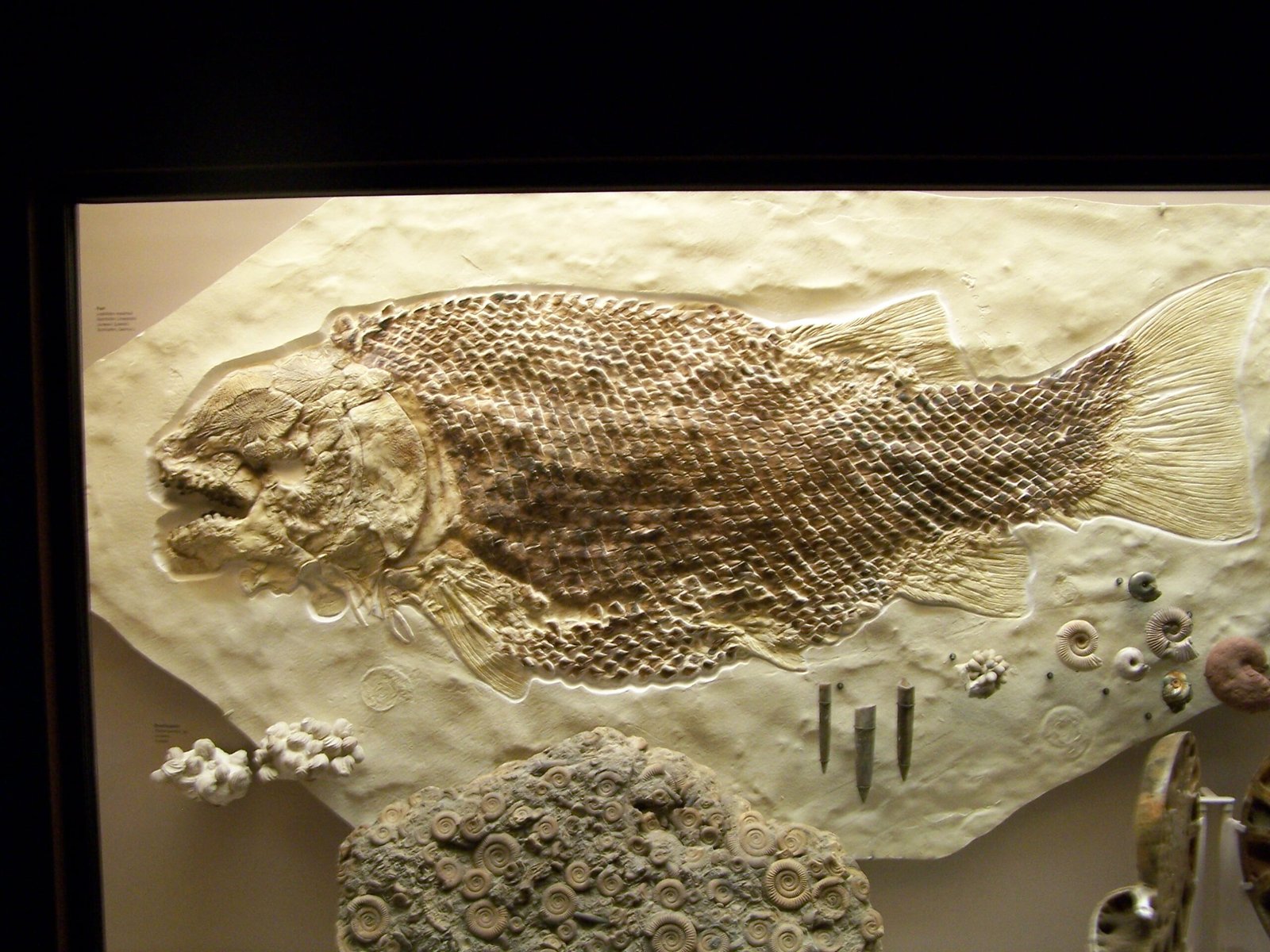
Long before modern scientists arrived, the people living in the highlands noticed strange stones and fossils in the earth. Some indigenous myths speak of mountains rising from the sea, echoing the true geological story. Early settlers may have used fossil shells and stones in rituals or as ornaments, drawn to their unusual shapes and origins. Today, local communities take pride in their region’s prehistoric heritage, weaving it into art, storytelling, and education. These ancient remnants connect people to the land in ways both scientific and deeply personal.
Modern Quito: Standing on Ancient Foundations

It’s a strange and wonderful thought: the bustling streets, markets, and homes of modern Quito are built atop what was once an ocean floor. Skyscrapers rise where coral reefs once flourished. Children play in parks above ancient sediments full of marine fossils. Even the volcanic peaks that tower over the city are shaped by the same forces that lifted the prehistoric sea. This connection between past and present gives Quito a unique sense of place—a city literally grounded in the mysteries of deep time.
Scientific Discoveries: New Finds and Ongoing Mysteries
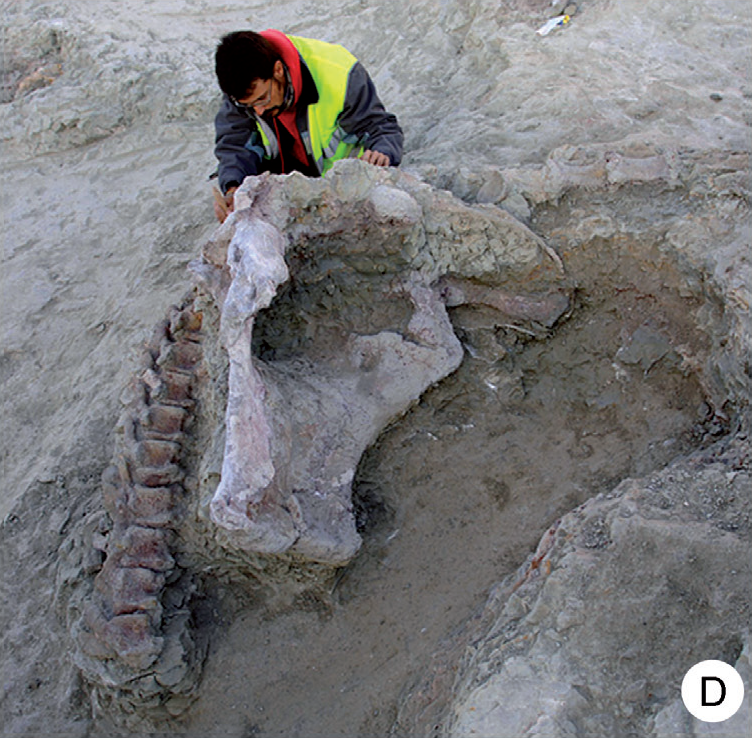
Paleontologists and geologists are still making exciting discoveries in the Quito region. Every new fossil or rock layer uncovered adds a fresh piece to the puzzle, revealing surprising details about ancient climates, sea levels, and the creatures that once lived here. Some fossils are so rare or unusual that they spark debates among scientists, hinting at entirely new species or unknown events. The work is painstaking, but every find brings a sense of wonder—what else might be hidden beneath Quito’s streets, waiting to be revealed?
The Role of Technology in Uncovering the Past

New technologies are transforming the way scientists study Quito’s prehistoric sea. Advanced imaging tools, like CT scanners and 3D modeling, allow researchers to peer inside rocks without breaking them open. Chemical analysis can reveal what ancient seas were made of, or how long a fossil lay buried before discovery. Drones and satellite imagery help map the landscape, showing how ancient shorelines matched up with modern mountains. These innovations are opening doors to discoveries that would have been impossible just a decade ago.
Why It Matters: The Value of Prehistoric Knowledge

Learning about Quito’s prehistoric sea isn’t just an academic exercise—it’s a powerful reminder of how much the world can change. By understanding the forces that shaped the land, we gain insights into earthquakes, volcanoes, and climate change today. Studying ancient ecosystems helps us protect the fragile environments that still exist in the Andes and beyond. And perhaps most importantly, these stories connect us to a world far older and stranger than we often imagine, reminding us of our place in the grand sweep of time.
Fascination for All Ages: Bringing Prehistory to Life

The story of Quito’s ancient sea captivates people of all ages. Museums in Ecuador display fossils and dioramas, letting kids imagine swimming with prehistoric creatures. Schools teach students about the region’s geological history, sparking curiosity about science and nature. Even artists and writers find inspiration in this watery past, weaving tales of lost worlds and ancient mysteries. By sharing these stories, we keep the spirit of discovery alive for future generations.
The Ever-Changing Landscape of Quito

Today, Quito’s highlands are still shifting, shaped by earthquakes, landslides, and volcanic eruptions. The landscape is never truly still—it’s always in motion, echoing the ancient forces that once turned a sea into a mountain range. Residents live with the knowledge that change is part of life here, just as it was millions of years ago. The city’s dramatic beauty is a daily reminder of its extraordinary past.
Looking Forward: Lessons from Deep Time
As we gaze out over Quito’s skyline, it’s hard not to feel a sense of awe at the journey this land has taken. From sunlit seas to soaring mountains, the highlands of Ecuador have witnessed some of the most dramatic transformations on Earth. By honoring and studying this deep history, we not only unlock the secrets of our planet but also find inspiration to care for the world we inherit. Isn’t it astonishing to think that every step we take in Quito is a walk across eons of history, from the bottom of the sea to the top of the world?

